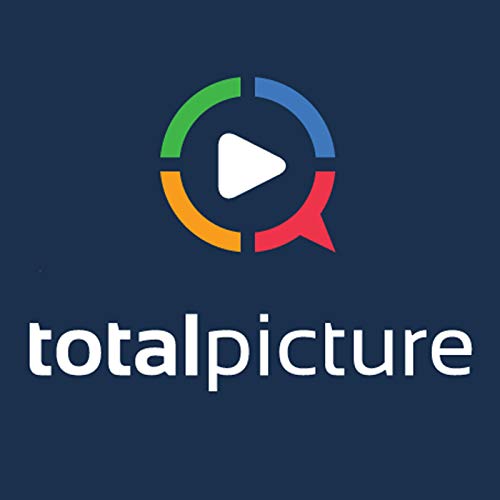#Chatbots, #AI #Uber #CandidateExperience #Recruiting #TalentAcquisition #HRTech Chatbots have become an essential and strategic tool in talent acquisition, recruiting, and candidate experience. Hi, this is Peter Clayton, host of the TotalPicture Media Podcast. Joining me today is Jonathan Duarte, award-winning expert Chatbot Architect, and founder of GoHire. Jonathan has extensive industry expertise in human resources technology, customer service, SaaS, recruiting software automation, messaging, and enterprise artificial intelligence chatbots and virtual assistants. I’ve known Jonathan for years and recently reconnected with him at an HR Tech Alliance virtual event. I know there’s lots of skepticism regarding the value of virtual events. However, whenever I’ve shown up – even virtually, it is well worth the effort. GoHire offers a Suite of Recruiting Chatbots that helps companies Attract, Engage, and Hire job seekers through automated messaging platforms, including Text Messaging, Facebook Messenger (called GoBe), and Career Chat. GoHire’s Text Messaging Chatbot has increased Candidate Engagements by over 900% and Candidate Application rates by 500%. (We’re going to talk about this later). Talking Points: Jonathan, welcome to the TotalPicture Podcast. I’m sure by now everyone has some experience using a Chatbot – some good, some bad – what differentiates GoHire’s solutions, specifically as they relate to talent acquisition and candidate experience? How has the pandemic, and the current aftermath, changed your Chatbot’s algorithms? Jonathan, in your conversations with recruiters and TA leaders, what are their most significant current pain points? Several years ago, I interviewed our friend Maren Hogan, founder of Red Branch Media (I’ll link to the video in the show notes). According to her research, millennials prefer engaging with a chatbot in the early stages of a job search. Does your experience support this? As I mentioned in my open, GoHire’s Text Messaging Chatbot has increased Candidate Engagements by over 900% and Candidate Application rates by 500%. Can you unpack this for us? And while you’re at it, can you talk about candidate profile creation, pre-screening, and other SMS tools GoHire employs? How does GoHire integrate with and support Career Websites? How does GoHire integrate with a company’s current ATS and other HRIS databases? What levels of job postings offer the best Chatbot engagement? (Entry-level, mid-level, etc.) Are there specific job categories that are especially effective when using chatbot tech? (i.e., programming jobs, marketing, sales, accounting). What are the most common mistakes companies make when implementing chatbot or SMS systems? What does a GoHire implementation look like? How long does it take? What type of training do you provide to get new users up to speed? How can our viewers and podcast listeners connect with you? Resources: GoHire: https://gohire.com Maren Hogan: https://www.totalpicture.com/portfoli... HRTech Alliances: https://hrtechalliances.com/ YouTube Video of this interview: https://youtu.be/9LeLdfZ9SOo
Show More
Show Less
 22 mins
22 mins Jun 5 202236 mins
Jun 5 202236 mins 32 mins
32 mins 18 mins
18 mins 38 mins
38 mins Mar 25 202141 mins
Mar 25 202141 mins 28 mins
28 mins 33 mins
33 mins